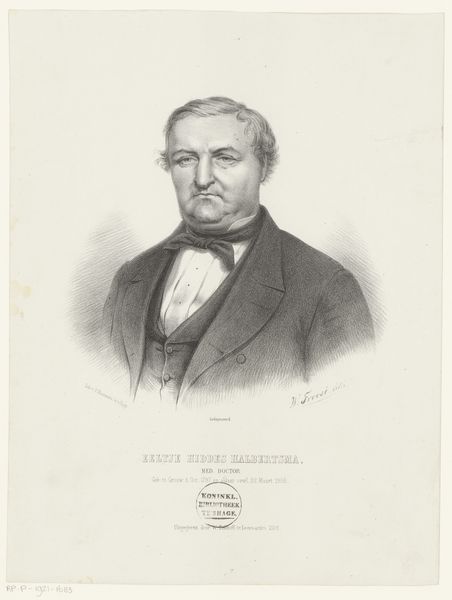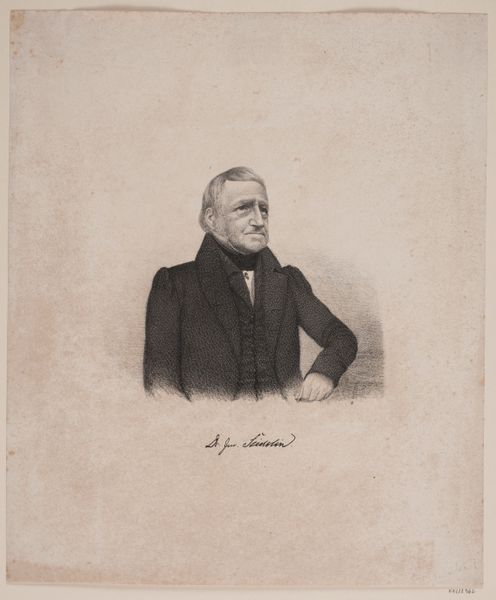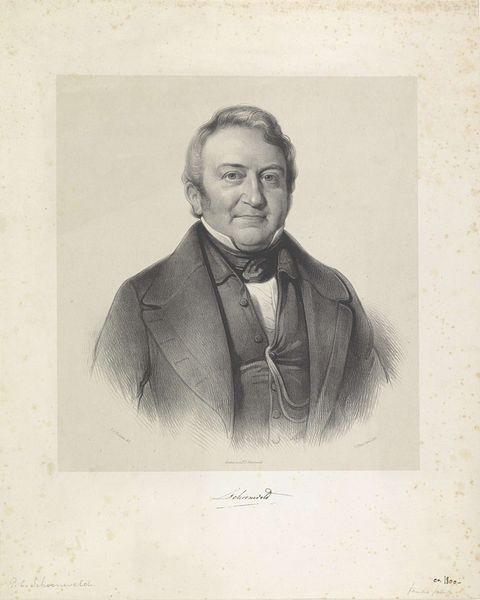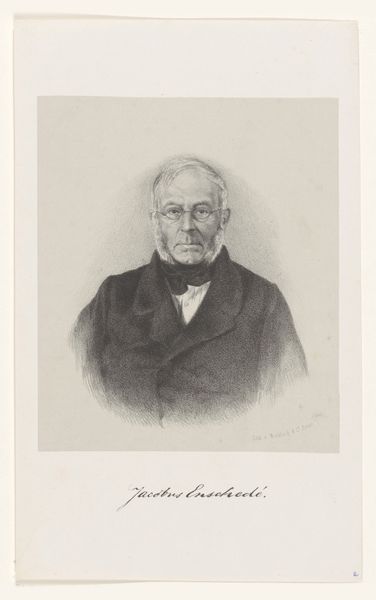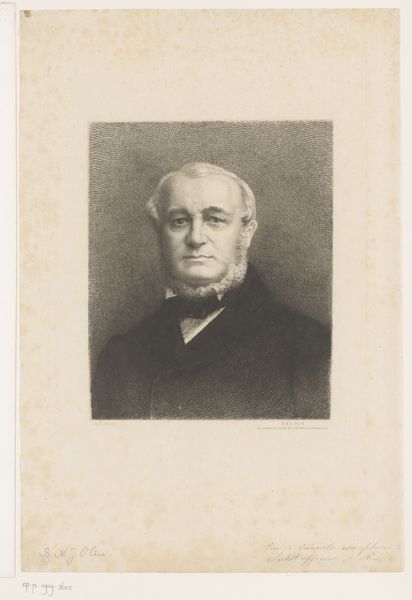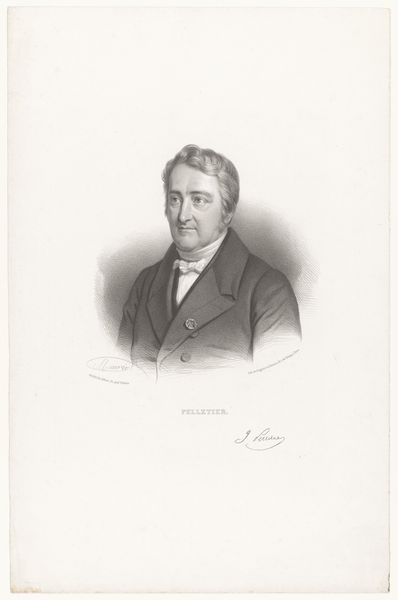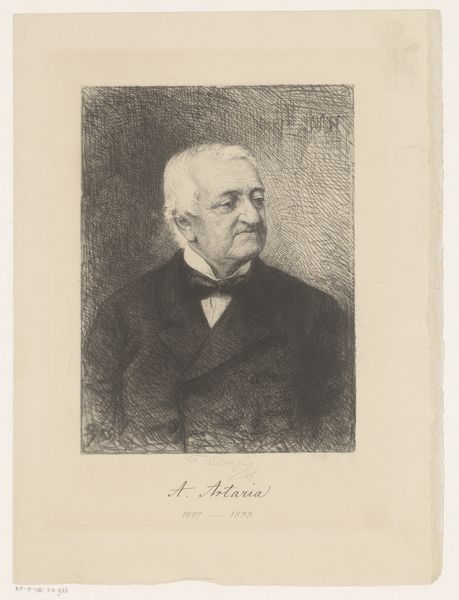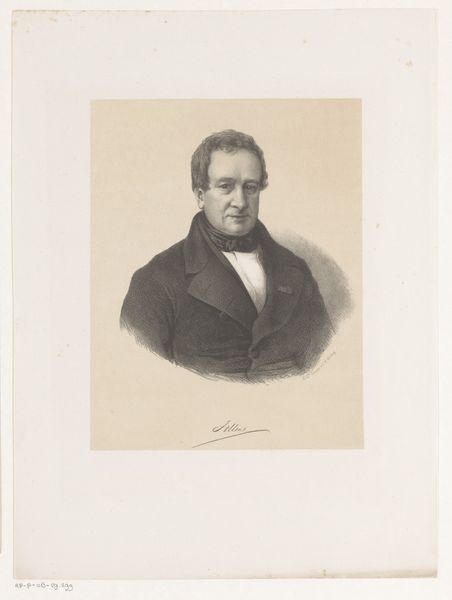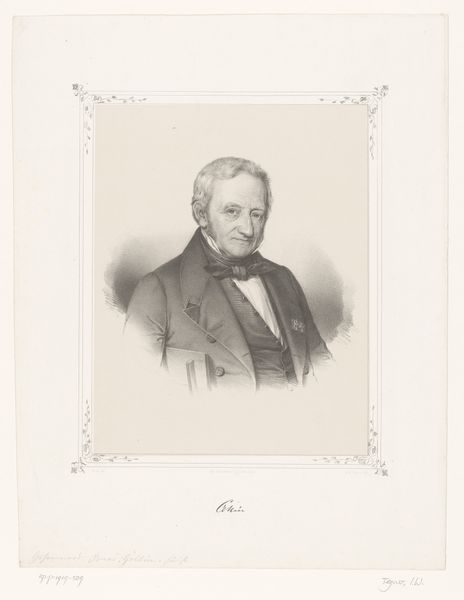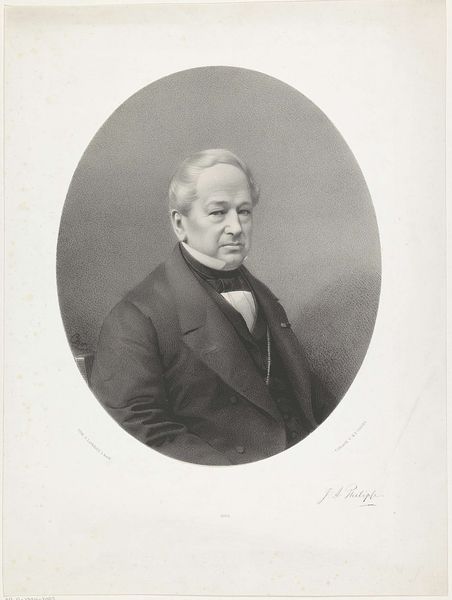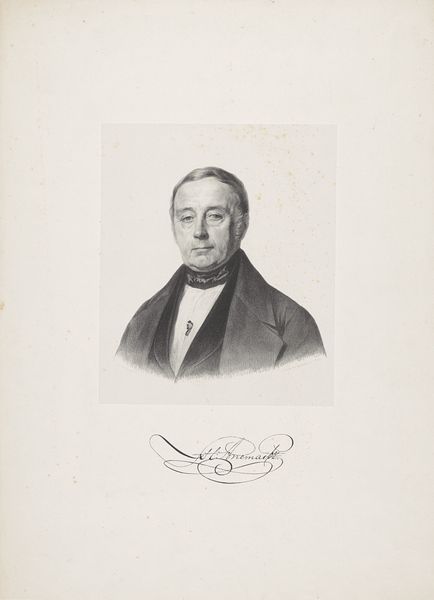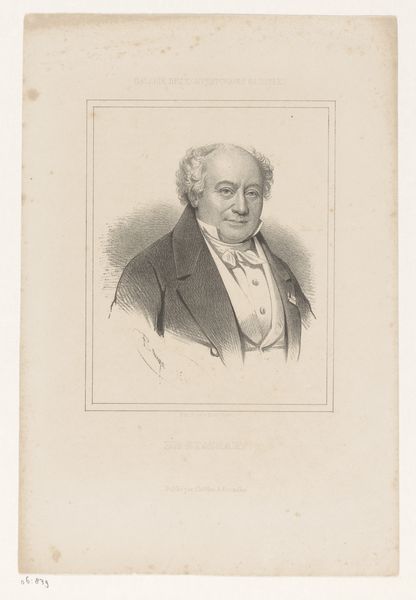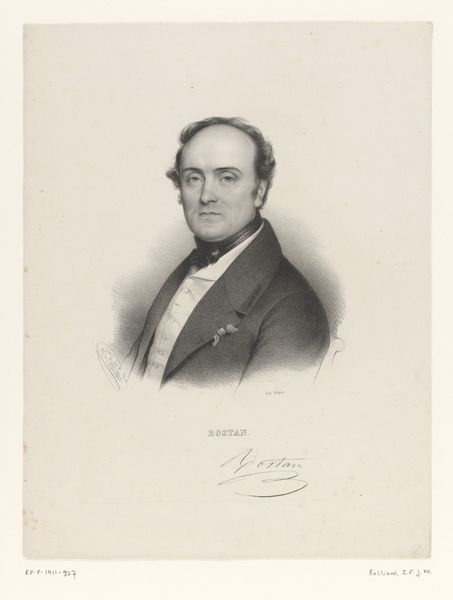
drawing, graphite
#
drawing
#
pencil drawing
#
graphite
#
portrait drawing
#
portrait art
#
realism
Dimensions: height 159 mm, width 119 mm
Copyright: Rijks Museum: Open Domain
Editor: This is Auguste Danse's 1883 drawing, "Portret van een onbekende man genaamd Raymaekers," done with graphite, and housed here at the Rijksmuseum. I am struck by the realism of the piece, but also the way the anonymity of the sitter, “an unknown man”, seems at odds with the act of memorializing him. What do you see in this piece? Curator: Well, first we must remember that the public role of portraiture, particularly in the 19th century, was shifting. Photography was on the rise. Did the emergence of photography influence drawing, encouraging a style steeped in detail and striving for accurate representation in order to keep public interest? Editor: That’s a good point. Did drawings become more detailed to differentiate themselves? Curator: It's possible. What do you observe about the sitter's social position through his clothes and the context of display within the Rijksmuseum itself? Does that affect the politics of imagery at play here? Editor: He looks middle class, or maybe upper middle class? The bow tie and jacket seem quite standard, but respectable. The museum’s role, presenting art for the public, elevates him in a way, despite the artist emphasizing that he is just an unknown man. Curator: Precisely. An unknown man, yet considered worthy of artistic representation and now museum display. This reveals a tension within the social function of art at the time. This tension really prompts one to question the traditional hierarchies of portraiture. Editor: So, Danse's drawing might subtly critique the conventional ideals around portraiture and social status itself? That gives me a lot to think about. Curator: Indeed. And hopefully this exercise inspires a broader appreciation for how museums shape the very way we perceive art.
Comments
No comments
Be the first to comment and join the conversation on the ultimate creative platform.
